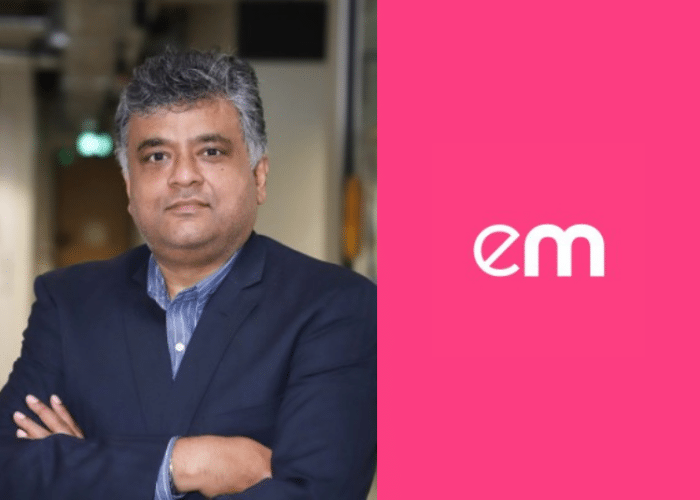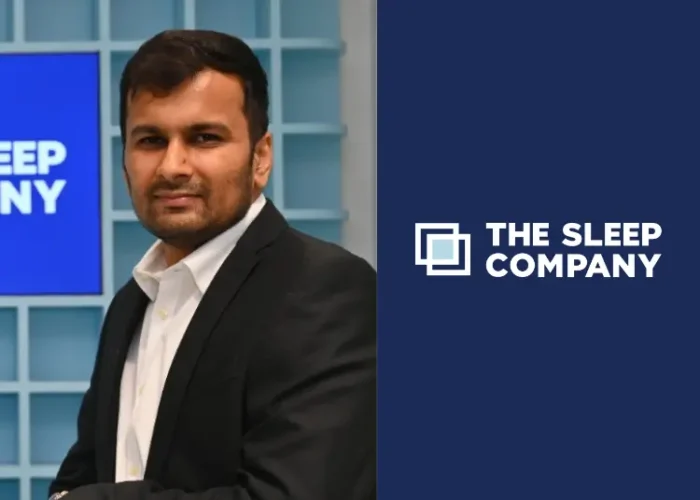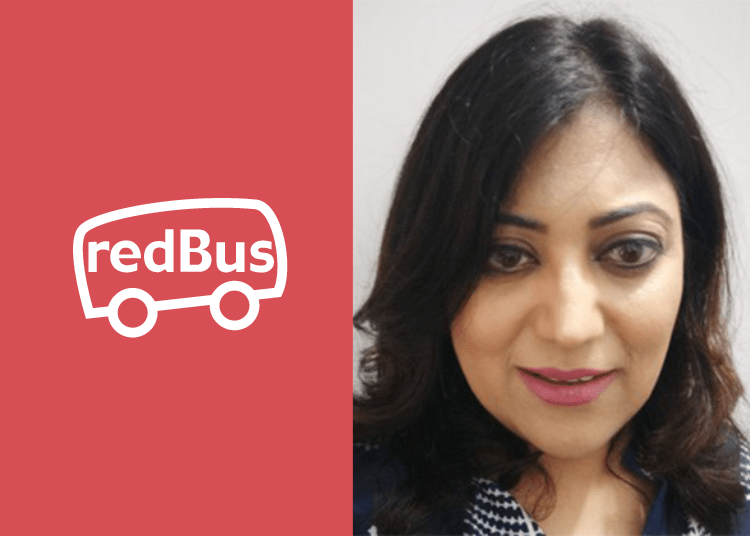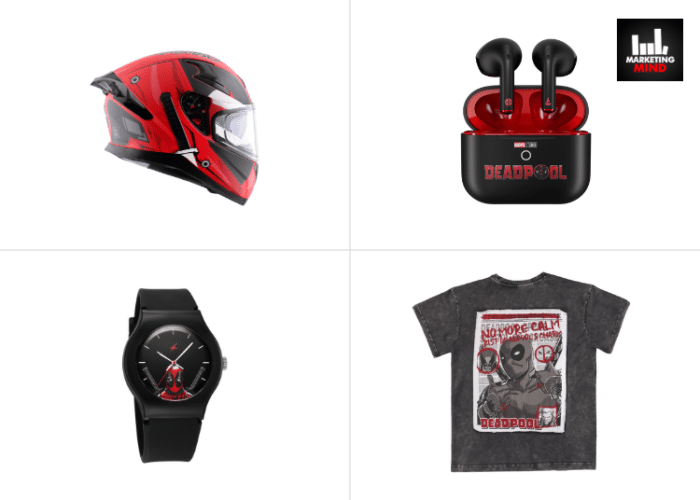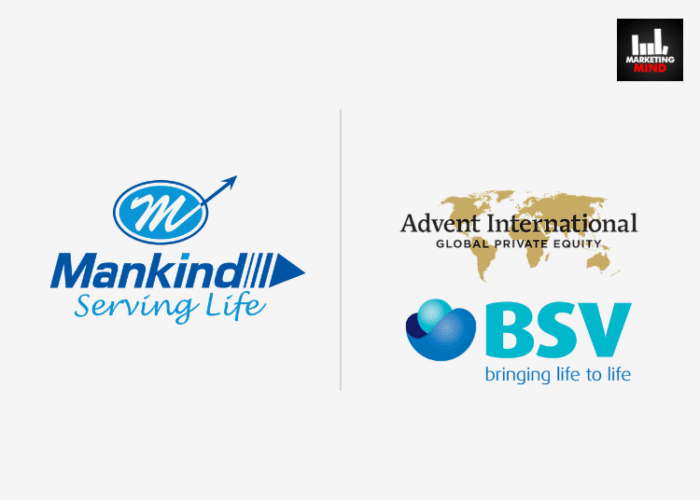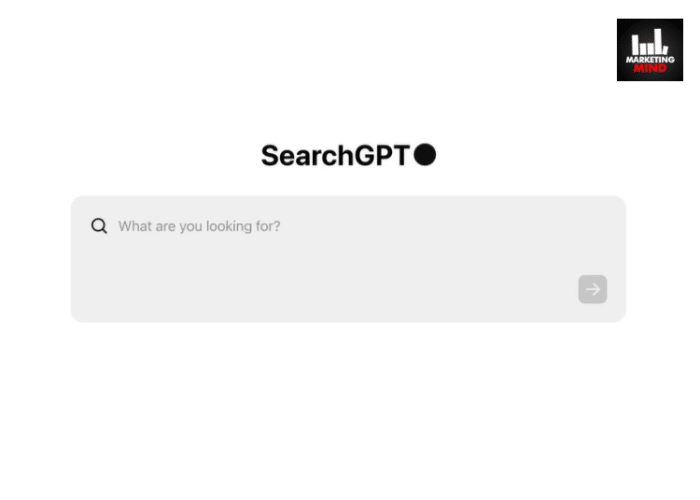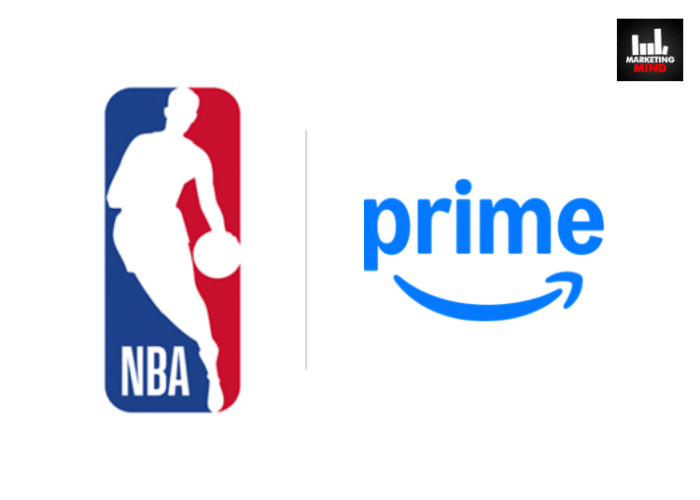Known to be one of the leading online bus-ticketing platforms, redBus, a part of MakeMyTrip Group, has revved the throttle on digital advertising and pushed the brakes on incessant TV advertising in times like today.
As shocking as it may sound, the brand who until a couple years back was spending as high as 70% of its ad budget on a medium like TV, has withheld its spending on the medium to give more room to digital advertising in times like today.
“In the pre-pandemic times, a major chunk, 70% of our ad budget, was allocated to advertising on television as part of our media split, with the remaining 30% being allocated to Digital advertising, Outdoor advertising, etc.” said Pallavi Chopra, Chief Marketing Officer, redBus.
With this, she also pointed out that the driving factors behind the move have been the brand’s realisation of how its target audience, people in the age group of 18-36 years, are consuming less and less of media vehicles such as television and print, and are switching to OTT for entertainment, digital channels for news, etc.
Having said that, the media strategy that redBus today adopts, which comprises long-form content marketing initiatives in addition to advertising on digital channels such as Meta and Google in addition to advertising on OTT platforms via DV360, as per Chopra, has been a ‘conscious call’.
“The way we look at it now is that we plan our digital ad campaigns very sharply and as rigorously as we would plan television. We look at metrics such as reach, frequency, measurement and others through Google Ads Data Hub and much more,” she said.
In her views, the purpose behind shifting its focus to the data-clean room called Google ADH is rooted in the fact that leaning towards the platform has helped redBus solve the magnanimous issue of attribution in the digital advertising space and has therefore not been impacted by the third-party cookie phaseout so far.
Commenting on how the brand is prepping itself for the current April-May-June quarter which is quite action-packed in nature as two of the impact properties from cricket- IPL and Cricket World Cup are coinciding with the general elections 2024, Chopra mentioned that since the Q1 also happens to be the season time for redBus as there’s a pent up demand for travel during the period, the brand will be rolling out an ad campaign featuring their brand ambassador, Allu Arjun, to promote the category of bus ticketing.
With that being said, she also mentioned that when redBus had appointed Allu Arjun as its brand ambassador in 2022, the plan was to initially increase the brand’s penetration in the southern region of the country, but with the passage of time and especially after the success of ‘Pushpa: The Rise’, the appeal that he had within the country grew massively and therefore the brand’s recall in nation-wide terms also went uphill.
As for the properties that redBus will rolling out its brand ambassador-led campaign on, she mentioned that the brand was waiting for the programmatic ad inventory for the IPL, at the time, to take the final call of whether or not the brand should advertise on the same, given that the same is imperital for hyperlocal and regional targeting of ad campaigns.
Similarly, for the elections, she mentioned that while there are high hopes for bus travel’s demand to shoot up during the election season, the other aspect to it is that people might want to stay put in their constituency and not travel. And hence, keeping the aforementioned factors in mind, the brand has decided to focus on their summer campaign as of now.
Delving further into the upping of adspends in certain quarters, she mentioned, “If you look at the way the seasonality folds out for our sector, Q1 and Q3 are the big seasonal drivers for us. While the April-May-June quarter has summer, there’s Diwali, Dussehra and New Year in the October-November-December quarter and hence the ad budget allocation also happens accordingly.”
Throwing light on to the short and long term marketing objectives that the brand is eyeing for the foreseeable future, Chopra said, “Our first and foremost priority is to forget the one-size-fits-all approach and go really hyper-regional with our targeting. As of now, we’ve already seen the number of seats doubling in markets such as MP and Chhattisgarh via our marketing interventions and therefore keeping the lessons and learnings from the same in mind, we’ll now focus on replicating the same in other markets and go extremely granular in terms of our communication.”
Apart from this, the brand, in her opinion, also intends to go after cohorts such as leisure travelers, student travelers, pilgrim travelers, etc. on its platform and that too with a tailor-made approach.
“What has also been working quite well for us is content marketing. Last year, during Independence day, we launched a campaign- ‘Route to 47’, wherein we employed open-source tools, Google Maps and My Maps to strategically pin 47 historical locations across India, each accompanied by captivating visuals and narratives to encourage people to visit these places, providing them a better connection and deeper understanding of history. And, it didn’t go just viral but we saw a lot of uptake in engagement via the same,” she said.
Apart from this, she also mentioned that while some of the long-form engagement-led content films and initiatives that the brand started working on in the past couple months have led to a significant spike in engagement, it has also resulted in low CBT numbers.
“We’ve also realised that since we have a program called the Red Tribe Program where we nurture influencers who are on the Red Bus consumer base through content marketing has actually generated very good CPT, lower than some of the other media campaigns that we do,” she added.
Upon being questioned on what a significant contributor to such results in times like today may be when the audience’s attention span is believed to be about 5 seconds, she replied that as surprising as it may be, in her views, it is the quality of the long-form content which makes certain content win.
“We need to realise that people don’t come online to watch ads, but for entertainment. That’s been one of the major reasons behind our successful long-format content initiatives,” she added.

